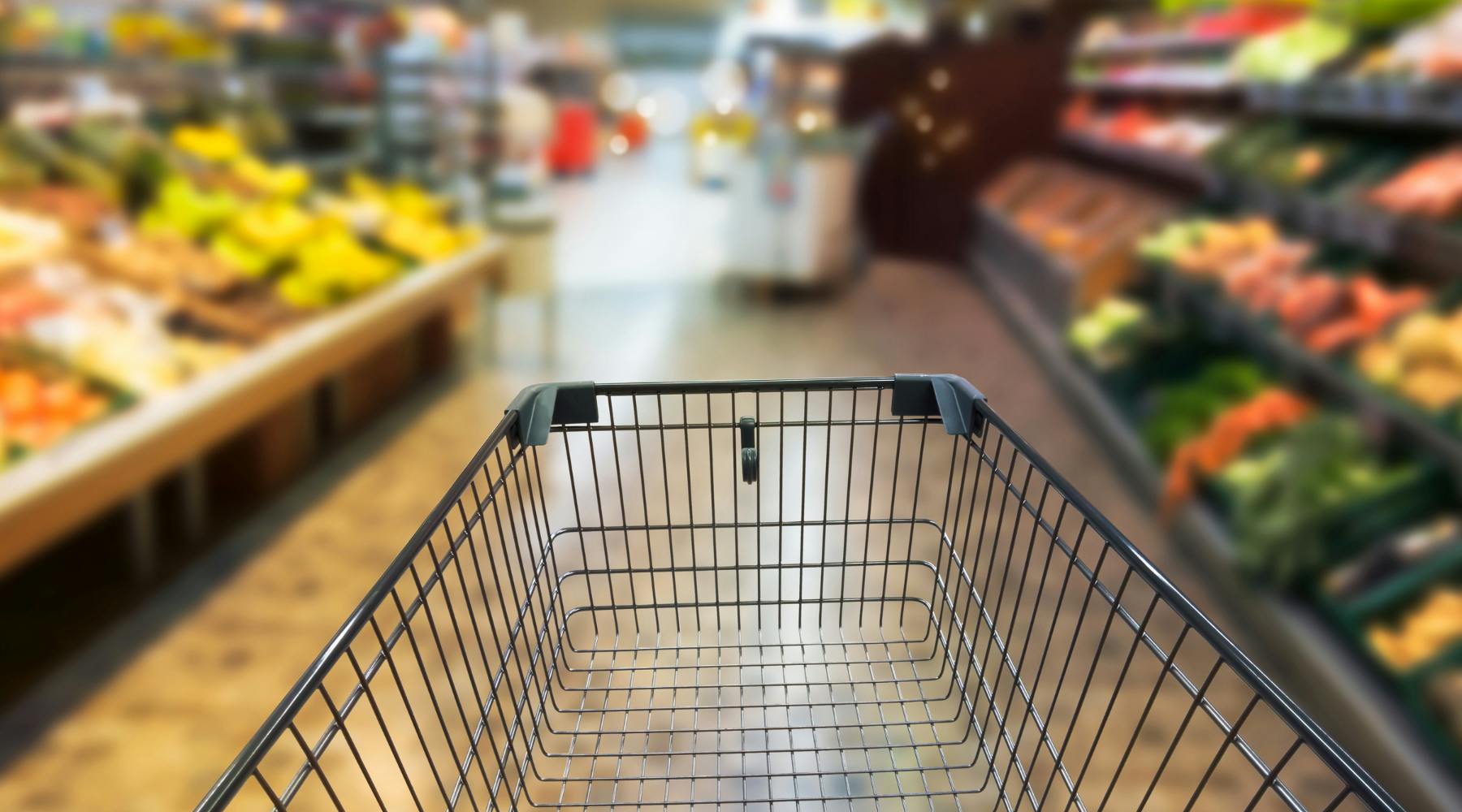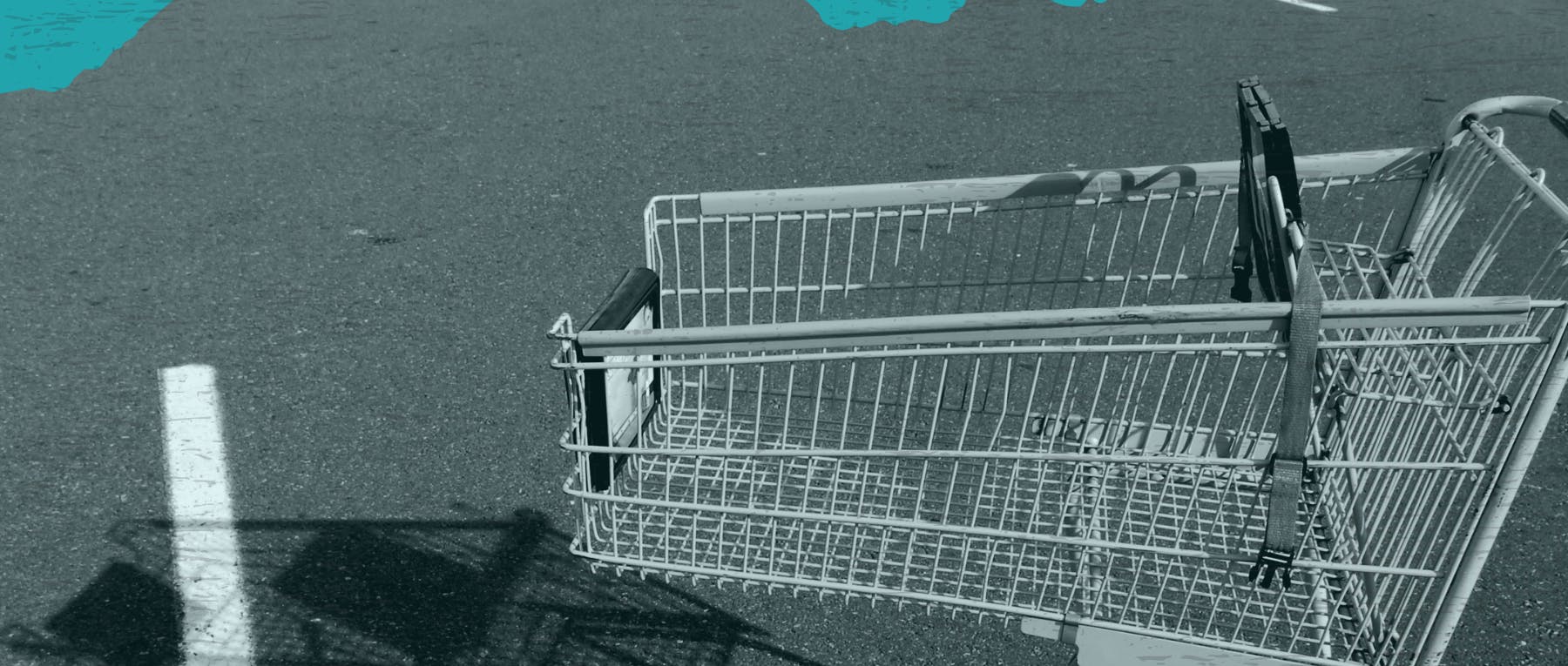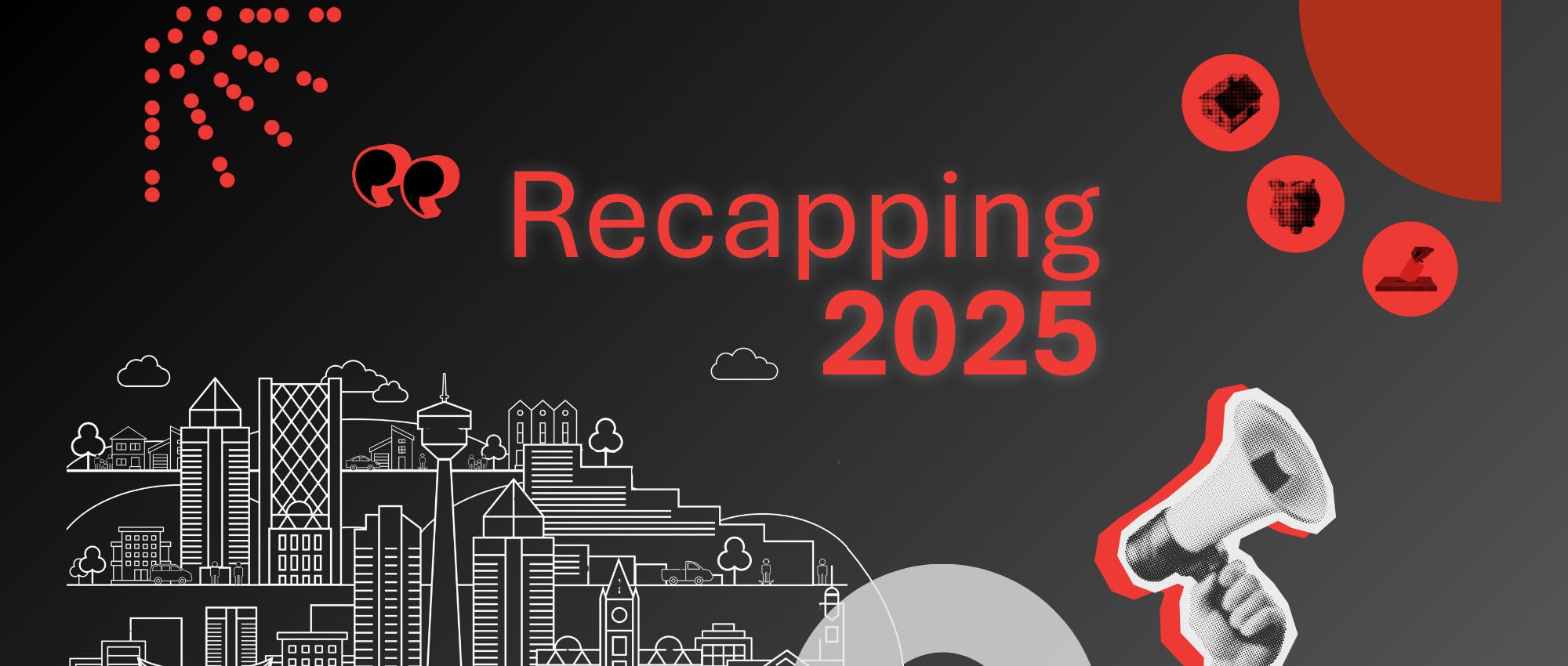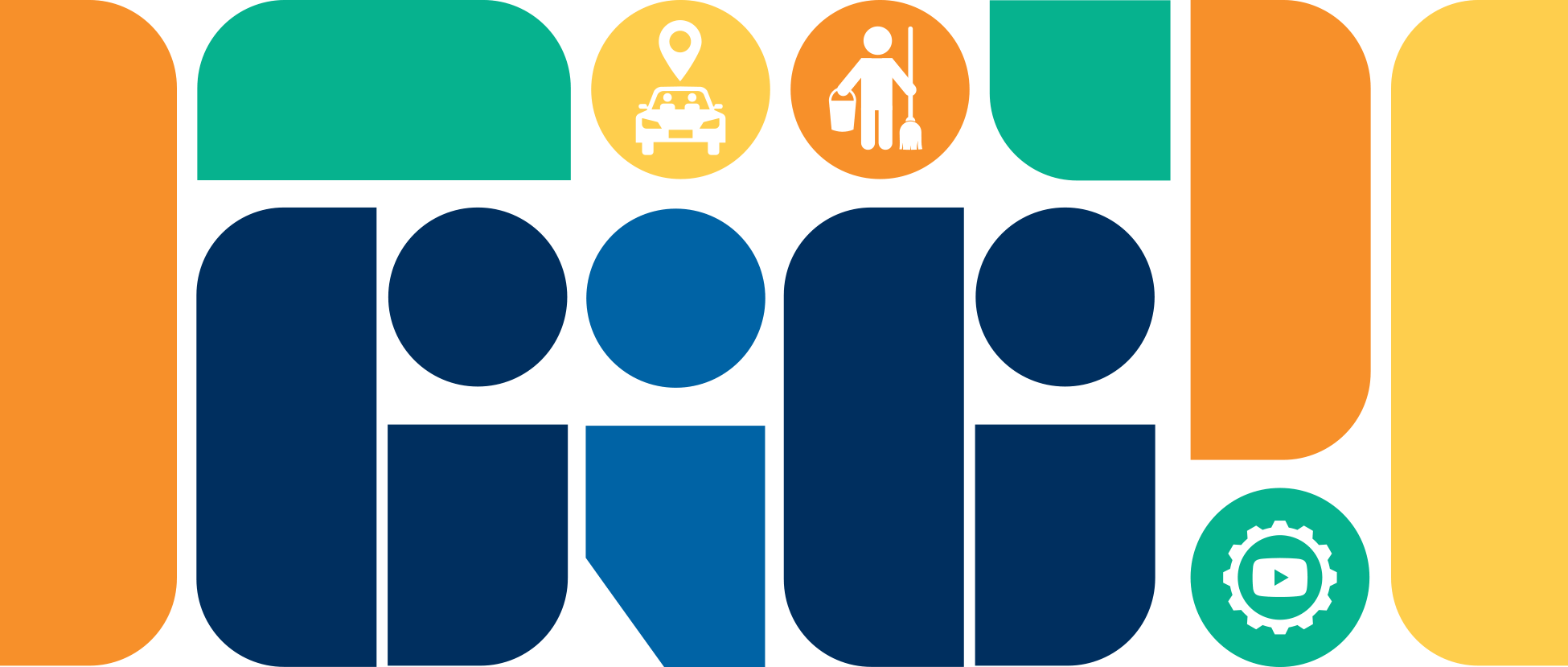We often hear people talking about how Calgary is one of the top places to live, or how Alberta has inexpensive housing and is so much more affordable than Vancouver and Toronto. The Alberta government even ran campaigns in Toronto and Vancouver talking about “shorter commutes to bigger houses” and how life is more affordable in our province.
Trying to reconcile this narrative with Alberta’s alarming level of food insecurity is hard.
What is true is that Alberta is one of the most food insecure provinces in Canada and had about 156,000 food bank visits last year, a 73% increase over 2019. This is more than double the national rate of increase. To understand what’s going on, we decided to take a closer look.
Is the cost of living in Alberta affordable? Statistics Canada reports on what it costs to live in a city based on a specific basket of goods representing a modest, basic standard of living. It considers food, shelter, clothing, and other family needs. The most recent Market Basket Measure (MBM) was released in January and you might be surprised to learn that Calgary’s MBM was second highest in Canada at $51,861 only after Vancouver at $51,884. Toronto’s was $51,530.
So what does this mean? When you add everything up, we still rank as the second most expensive place to live in Canada. When budgets are stretched we see rent and utilities prioritized, and food budgets are cut or replaced by emergency hamper programs. And with rents up as much as 30% over last year in Calgary, affordable housing is a real problem in Calgary.
The way government programs are structured also contribute to food insecurity in our province. Although we were pleased to see the government’s recent move to reindex Alberta’s Assured Income for the Severely Handicapped (AISH), income support, and income support for seniors, people on these programs feel the impacts of inflation more acutely. They offer incomes that are still significantly below the poverty line in most cases, and according to PROOF, an interdisciplinary research program studying effective policy approaches to inadequate or insecure access to food, 44% of Albertans on provincial income supports experience food insecurity.
Livable wages can be an effective tool for the government, with research suggesting a one dollar increase in minimum wage leads to 5% lower odds of experiencing food insecurity. As costs began to rise over the past three years, several provincial governments made moves to help those earning minimum wages. Alberta is the only province that didn’t increase its minimum wage in 2022 and is one of four provinces that doesn’t periodically adjust the minimum wage based on the cost of living. It’s also worth mentioning that Calgary’s living wage is currently $7.40 an hour more than our $15 per hour minimum wage.
We’re socially conditioned to see food banks as the solution to feeding people in need. Last year, the government announced a suite of short- and longer-term affordability measures to help Albertans with the current affordability crisis. Among them was a major cash injection into Alberta’s food banks. While we understand the need to respond to the rise in demand for emergency food support, we know it’s not a sustainable way forward. Demand across social programs and services is expected to increase. This is a solvable challenge and new approaches to old challenges must be resourced and explored.
What’s a better option? Having adequate income, whether it’s through livable wages and a better social safety net that protects those with precarious employment, seniors or those that are unable to fully participate in the workforce.
We need to do better. Not just because we’re lagging other provinces or because almost 22% of Alberta households are struggling with this issue, but because chronic hunger can have serious long-term consequences to health and the health care system. Albertans spend several billions of dollars each year just servicing poverty. Wouldn’t you rather invest in prevention? We would.





